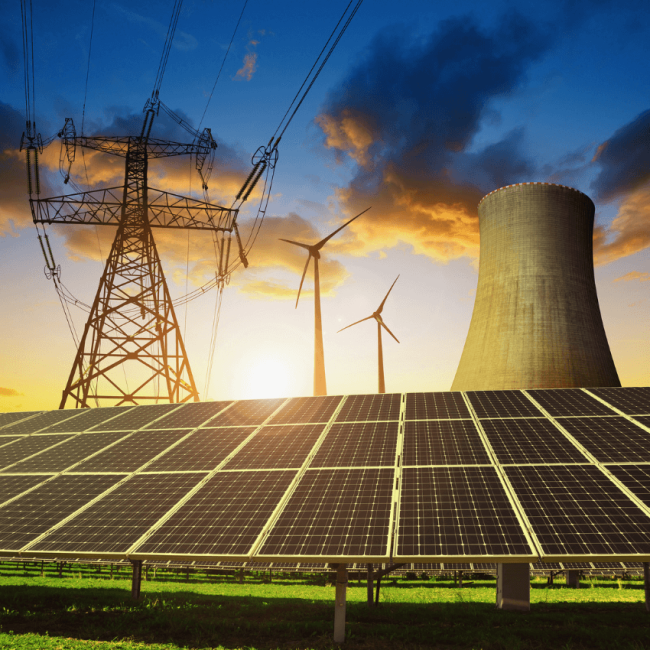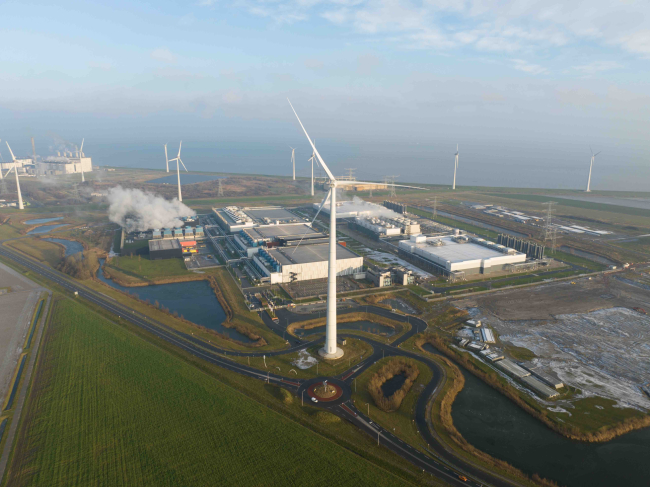Living with Russia

President Putin chose energy security as a major topic for the G8 Summit in St Petersburg in 2006 resulting in the G8 agreement on the St Petersburg Energy Security Principles. But earlier, in January of that same year, Russia had cut off gas to the Ukraine, raising anxiety in Europe about the security of Russian gas supply. Those anxieties were still on the minds of summiteers in St Peterburg and were expressed to the extent that President Putin proclaimed on the heels of the summit Russia"s intention to sell 80 bcm of gas to China. Three years later, Russia and China are nowhere near a gas deal yet China is inaugurating its first gas pipeline from Turkmenistan later this year.
Recently, the Japanese were disappointed to find that a deal on an oil pipeline to Nahodka struck with Russia got short-circuited in a subsequent deal Russia did with China. Then both deals were scuttled and the pipeline would stop in Skorovodino with spurs to China and Nahodka to be built by the interested parties. Will PM Putin"s promises today to oil and gas giants of tax breaks for Arctic Yamal come to pass?
This summer, Russia was obviously upset by the lack of response to President Medvedev"s proposals for a new international legal order for the energy sector, leading to a high profile cancellation of Russian “provisional application” of the Energy Charter Treaty. In fact, few could see any major consequences of Russia reaffirming their obvious intent to shun Charter disciplines.
In July of this Summer, leaders of major European states with stakes in the Nabucco pipeline announced breakthrough agreements, e.g. on the conditions for Turkish transit that could pave the way for the pipeline to proceed. While the reality of the breakthroughs remains to be seen, just three weeks later PM Putin reached an agreement with Italian Prime Minister Berlusconi and Turkish Prime Minister Erdogan on South Stream, a pipeline intended to obviate the need for Nabucco, that was to carry up to 63 bcm of gas across the Black Sea to Europe.
There is a lot of headline news that proves over time to be fairly ephemeral. Much of it is not really intended to translate into pipes and compressors so much as to convey political sentiments and strategic objectives. Most in the trade view it that way, but the announcements do have a chilling effect on companies trying to interest investors and seek sources of capital for real projects.
In the energy sector, Russia has rebuilt its international prestige, economic power and market leverage on gas and oil using the strength of its national monopolies Gazprom and Transneft - reinforcing their monopoly status in law and creating another oil giant in Rosneft with the remnants of Yukos. Russia has exercised its energy muscle in the gas sector, purchasing gas infrastructure and companies throughout former Warsaw Pact states and Western Europe - all the while claiming internationally that its companies are denied access to Europe"s market. Oil too has been used to influence consumers in the Baltics and Central Europe by denying supplies. Gas cutoffs have long been used by Russia to make various points in its old neighborhood.
But in January of this year, Russia once again extended its aggressive gas supply practices to Europe in the context of a Russian “commercial dispute” with a not faultless Ukraine. Apparently the Kremlin still believed the messages delivered to Ukraine and coincidentally Europe were worth the very high financial costs to Gazprom and Russia and the further tarnishing of Gazprom"s reputation as a reliable gas supplier. Europe"s response to the January cutoff was much more cohesive than in 2006 in rejecting the premise that Russia can settle its commercial disputes with Ukraine in Europe"s pipeline. Importantly, the European Commission has also put forward a proposal for a gas security regulation which is now under debate in the Council. This would significantly decrease the EU"s vulnerability to gas cut-offs, and improve EU-wide solidarity in an emergency.
It is said that Europe is sufficiently diverse in its opinions and interests on major issues, that a clever protagonist state can salami-up Europe, dividing and conquering it in its own interest. Russia has often proven adept at this in foreign policy, economic and commercial matters. Competing European national interests often unduly shaped by pure commercial pursuit give lower priority to broader European interests or to a search for a common European position. The next example of a lack of cohesion may lead to a new nuclear reactor in Kaliningrad.
Some hope the October 2 decision by the Irish will pave the way for greater European consensus on certain external issues including energy. But realistically, it will be a long and painful process as member States cede incremental bits of national sovereignty to its new European leadership. A common external energy policy cannot wait that long.

Available in:
Regions and themes
Share
Related centers and programs
Discover our other research centers and programsFind out more
Discover all our analysesWater in Mexico: an Emergency that Will Wait
Access to water is already and will become increasingly problematic for Mexican economic actors due to the progressive scarcity of the resource resulting from climate change, a geographical distribution that does not coincide with that of the population or economic activity, and management that has so far been far too lax.
AI, Data Centers and Energy Demand: Reassessing and Exploring the Trends
The information and communication technologies sector today accounts for 9% of global electricity consumption, data centers for 1-1.3%, and artificial intelligence (AI) for less than 0.2%. The growing energy demands of cloud services first, and now AI workloads (10% of today’s data centers electricity demand), have exacerbated this trend. In the future, hyperscale data centers will gain shares amongst all kinds of data centers and AI will probably account for around 20% of data centers electricity demand by 2030.
Unlocking India’s Energy Transition: Addressing Grid Flexibility Challenges and Solutions
India is rapidly scaling up its renewable energy (RE) capacity, adding 15–20 GW annually, but the ambitious goal of 500 GW of non-fossil capacity by 2030 is at risk unless the pace accelerates.
Europe’s Black Mass Evasion: From Black Box to Strategic Recycling
EV batteries recycling is a building block for boosting the European Union (EU)’s strategic autonomy in the field of critical raw minerals (CRM) value chains. Yet, recent evolutions in the European EV value chain, marked by cancellations or postponements of projects, are raising the alarm on the prospects of the battery recycling industry in Europe.










